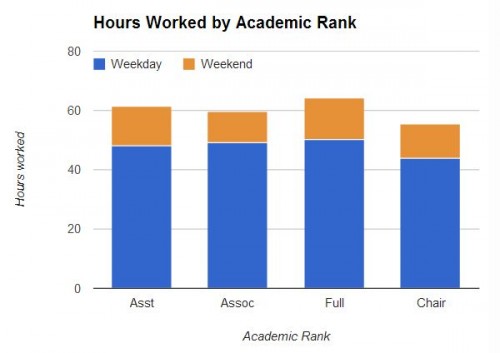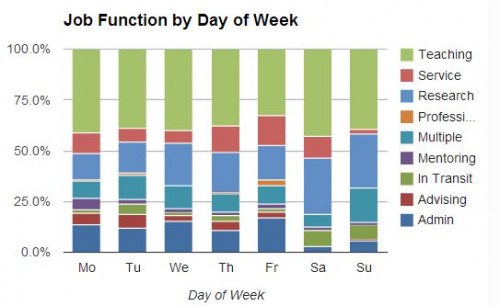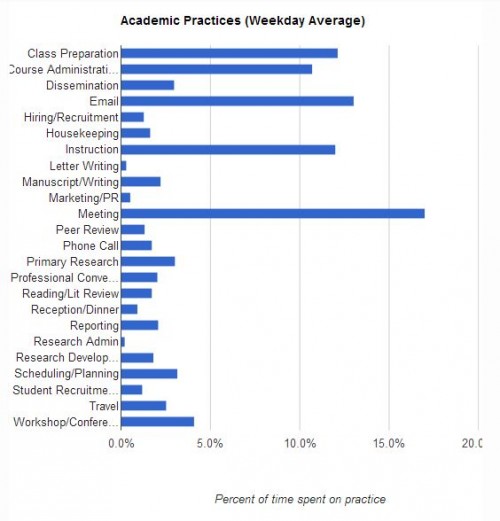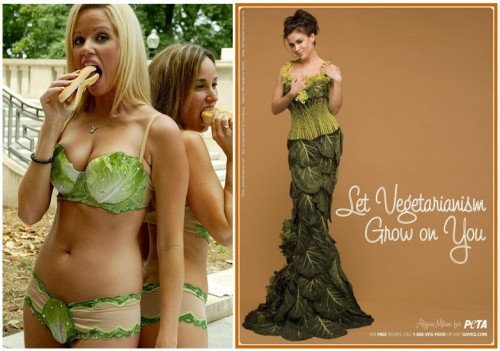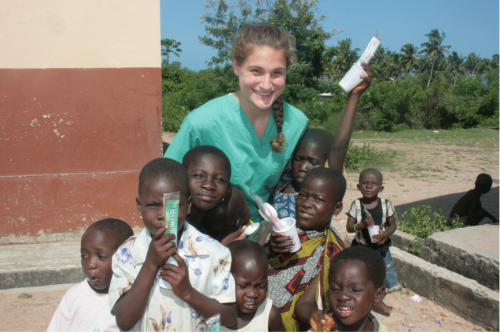SocImages News:
As we entered December, I collected a set of SocImages posts relevant to the deaths of black Americans at the hands of police. It includes sections on race and police work, the link between black men and criminals in our minds, proof that we have less empathy for black people, and evidence of the way that racism is deeply institutionalized throughout American society. I hope it’s a useful resource.
Meanwhile, at SocofGender…
I have made a lot of progress toward building a Soc of Gender Pinterest page to accompany my textbook, organized by chapter and concept. Please feel free to visit and use it even if you don’t adopt the book. I’ve built 48 boards so far. Here are some of my favorites:
- Boys don’t have eyelashes
- Gender across cultures
- What sexual dimorphism really looks like
- Intersectionality, visuals and data
- Men and the rule to avoid the feminine
Look at how numerous and pretty!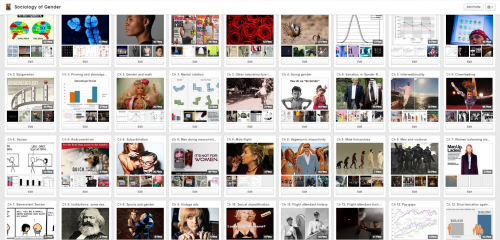
Best of December!
Christmas favorites:
Readers’ picks:
- Women in apocalyptic fiction shaving their armpits (4,000+ likes)
- The teaching evaluation experience (3,300+ likes)
- The paradox of women’s sexuality in breast feeding advocacy and breast cancer campaigns (1,600+ likes)
- Tropicana ad says that girls should be “easy” (1,100+ likes)
- Angela Davis: “No idea what black people have gone through” (800+ likes)
Women in apocalyptic fiction shaving was also the month’s winner on Tumblr, with over 78,000 likes and shares!
Editor’s pick:
Elsewhere on the Net:
SocImages’ Pointlessly Gendered Products was featured at i100: Nine Products that Have Been Pointlessly Gendered. They apparently especially liked one of our newest examples, bagpipes, and also went for one of my favorites, pickles.
And I had the pleasure of being quoted in a couple articles:
- The Dangerous Lessons Kids Learn from Sexist T-Shirts, a great article explaining why it’s not “just a t-shirt,” by Jessica Samakow at Huffington Post
- The Magnetic Appeal of Male Friendship by David Grossman at Stereogum
Social Media ‘n’ Stuff:
Finally, this is your monthly reminder that SocImages is on Twitter, Facebook, Tumblr, Google+, and Pinterest. I’m on Facebook and most of the team is on Twitter: @lisawade, @gwensharpnv, @familyunequal, and @jaylivingston.
Finally…
In honor of the special place the anglerfish has in my heart — being so ugly and strange — here’s some rare footage of the fish in action. Want to learn more? Here’s the most humorous way.
Lisa Wade, PhD is an Associate Professor at Tulane University. She is the author of American Hookup, a book about college sexual culture; a textbook about gender; and a forthcoming introductory text: Terrible Magnificent Sociology. You can follow her on Twitter and Instagram.


